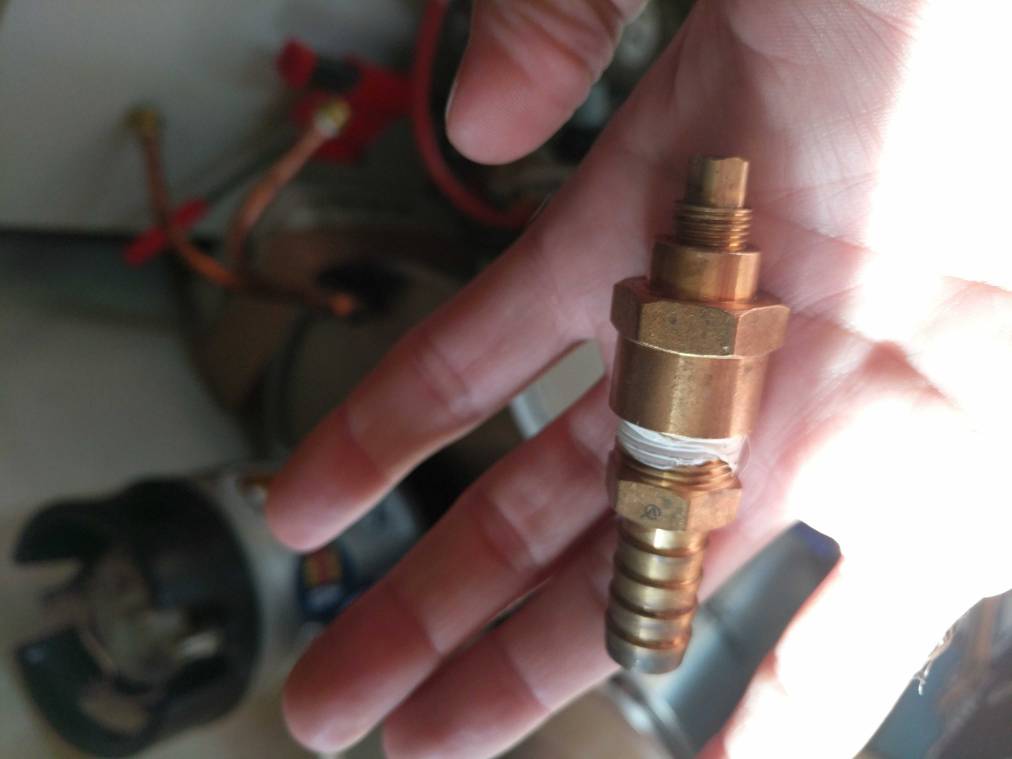Well, that is..........interesting and concerning. I won't take the fact that it hasn't happened yet as any indication that it won't happen in the future.
I can easily switch to a balloon as I never thought the pressure for the vacuum could cause a collapse.
I remember a picture of an airliner being refueled by a fuel truck. The transfer rates of these trucks can be more than 1,000 pounds of fuel in a matter of minutes, or 600 gallons in a very short time. The fuel transfer pumps are emptying the tanker under pressure to the aircraft, creating a significant void (vacuum) in the tank.
The tanker in the picture had a failure of the negative pressure relief valve so the internal pressure of the tank (vacuum) could not equalize with atmospheric pressure. So the weight of the air surrounding the tanker exceeded the 'weight' of the air inside the tank which was 'holding up' the atmospheric weight. This resulted in the tanker (capable of holding several
thousands gallons internally) to crumple like a used can of Coors Lite, after having transferred only a fraction of its load.
Think of it this way. An unsealed empty fermenter still has the 'weight' of its internal volume of air to support the external weight of the atmosphere (one bar). Drain it completely without equalizing pressure and you'd now have
two bar of pressure trying to crush your 'empty Coors Lite can.' The suck back is a graphic display of this, with a column of liquid being raised from your container of sanitizer up through the blow off tube to enter the partial vacuum of your fermenter.
FWIW, vessels designed to
contain pressure on the inside, whether it's the pressure from 15 PSI of CO2 gas or the 'pressure' from the weight of 5 gallons of liquid beer, are unusually poor at
withstanding pressure from the outside. The tanker could withstand the pressure of thousands of pounds of fuel held internally but failed catastrophically under the pressure of 14.7 pounds per square inch of the atmosphere. In the same way, a fermenter capable of withstanding say 15 PSI of external pressure (roughly one bar) can fail catastrophically under a vacuum of negative 2~4 PSI (minus 1/4 bar). By extension a 2-2 1/2 PSI limited Brew Bucket might fail at minus 1/2 PSI.
That ain't much differential!
Brooo Brother





